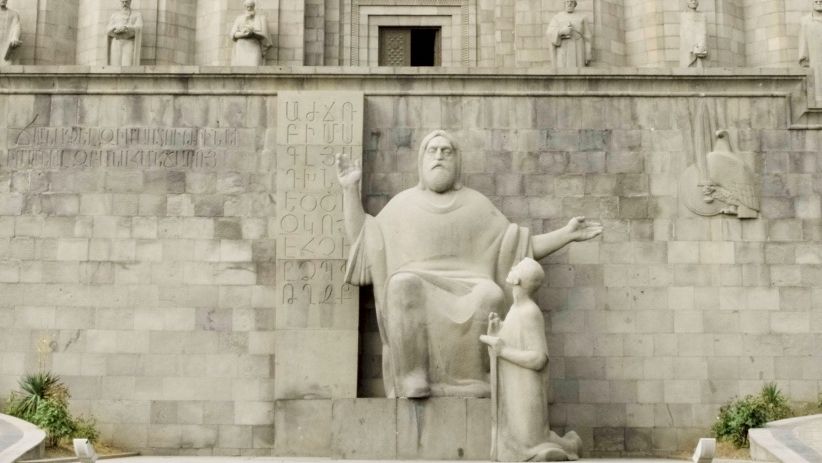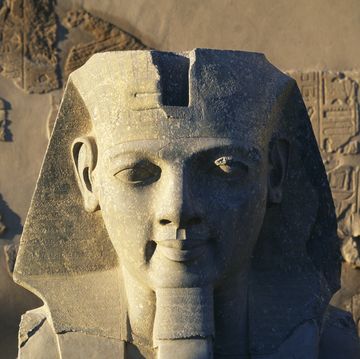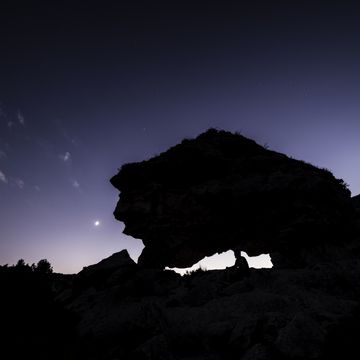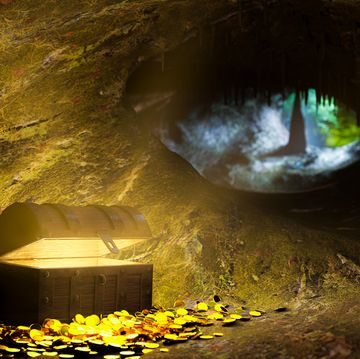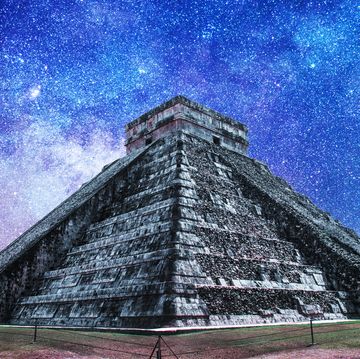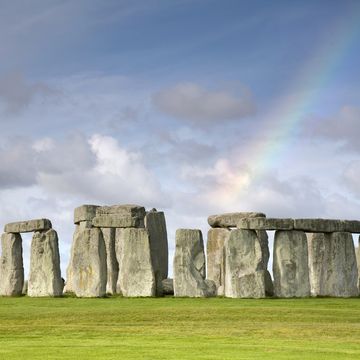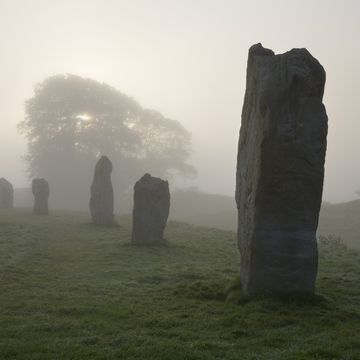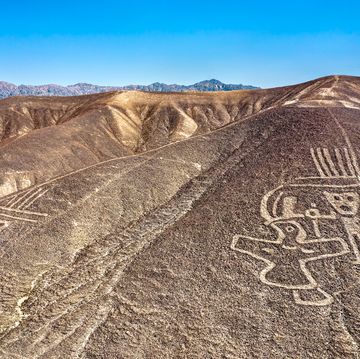- Restoration on the 4,400-year-old Pyramid of Sahura led researchers to create a more comprehensive blueprint of the structure.
- Using LiDAR imaging, the team confirmed the presence of previously unknown chambers that were likely used as storage rooms.
- The next step will be entering the rooms that likely held royal burial objects.
Storage rooms aren’t always the most enthralling places to discover or investigate. But when those storage rooms are 4,400 years old and were previously a complete mystery, things get a little more interesting.
Plus, any chance to uncover ancient royal burial objects is an exciting one.
Researchers surveying the Pyramid of Sahura—a 4,400-year-old Egyptian ruin built as the first burial site for a king at Abusir—discovered multiple storage rooms, the existence of which was previously entirely unknown.
Conservation and restoration work has been ongoing at the 155-foot-tall site since 2019, but a research team only recently discovered the original dimensions of the pyramid and realized the initial floor plan of the antechamber had deteriorated over time. When this structural decline occurred, old walls gave way to new retaining walls, changing some of the interior makeup. While researchers working in the pyramid in 1836 had believed that passages found full of “debris and rubbish” could have led to storage rooms, others later disagreed, and the passageways weren’t fully explored.
Now, that has all changed. An Egyptian-German team discovered both the passages—proving the 1836 discovery correct—and eight storerooms in the ancient pyramid.
“Although the northern and southern parts of these magazines, especially the ceiling and the original floor, are badly damaged, remnants of the original walls and parts of the floor can still be seen,” the team wrote in a news release from the University of Würzburg.
To get a full view of the chambers, the team employed 3D laser scanning with a portable LiDAR scanner. This provided detailed surveys of the inside of the pyramid. “This advanced technology enabled comprehensive mapping of both the extensive external areas and the narrow corridors and chambers inside,” the team wrote. “The frequent scans provide real-time updates of progress and create a permanent record of exploration efforts.”
Sahura sits amongst the Abusir complex, a popular burial site near the Nile River for pharaohs of the Fifth Dynasty of ancient Egypt. While not as illustrious as other ancient pyramid complexes, the necropolis contains 13 key structures.
Finding and mapping the unknown storerooms is just one step in the process for exploring Sahura. Next comes the actual restoration of the chambers, a process which the team says they expect to “revolutionize the view of historical development of pyramid structures and challenge existing paradigms in the field.”
Lofty goals for a suite of storage areas.
Tim Newcomb is a journalist based in the Pacific Northwest. He covers stadiums, sneakers, gear, infrastructure, and more for a variety of publications, including Popular Mechanics. His favorite interviews have included sit-downs with Roger Federer in Switzerland, Kobe Bryant in Los Angeles, and Tinker Hatfield in Portland.

